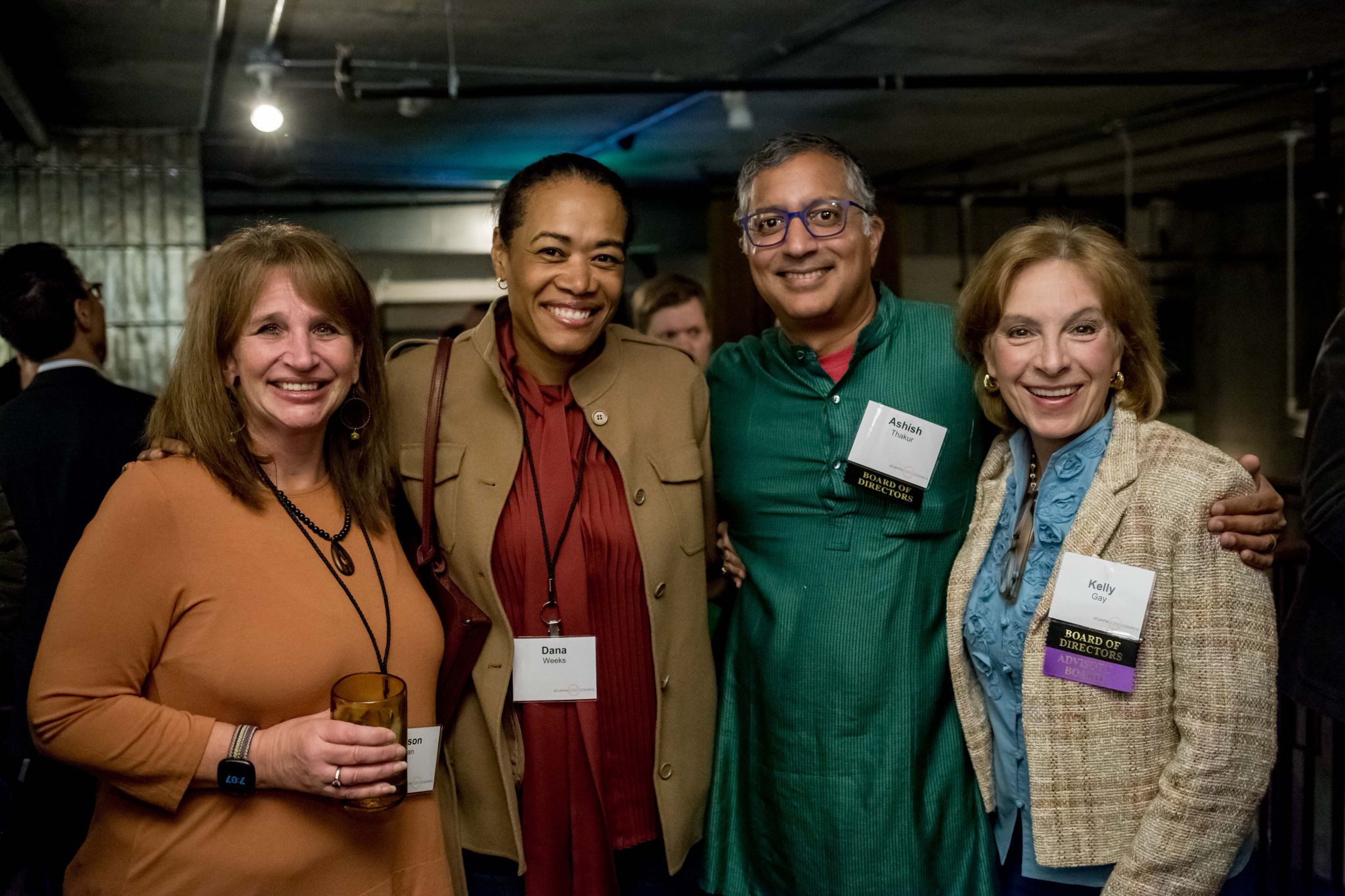The Atlanta CEO Council’s mission is to connect CEOs to capital, customers, talent, and each other. We execute this through memberships and 14 annual events. We are directly affected by the COVID-19 environment, but that hasn’t stopped our CEOs from gathering, helping, and inspiring.
On Monday night April 20th, the time we hold our dinners, CEOs gathered to hear Dr. Avinesh Bhar, ICU responder and telemedicine practitioner, and Dr. Samirkumar Patel, chemical engineer and entrepreneur, share their different perspectives on working in the response to COVID-19.
Dr. Avinesh Bhar
What happens in the lab is often different from what actually occurs in the field. For example, COVID19 patients with rapidly increasing breathing problems are proactively intubated before they need life support. Though this tactic stabilized patients sooner and lowered the risk of exposure to the disease,it’s not always the best step to take. Premature intubation exemplifies how little is known about COVID and how to treat it. Until extensive tests can be run on the deceased, less clarity exists about the true pathology of this disease. As if it couldn’t get any worse, medical professionals have been stuck in a storm of misinformation about what works and what doesn’t.
The amount of noise regarding best practices makes our heads spin. Many physicians around the world have grounded themselves to Whatsapp groups to exchange papers and dialogue. The information through these channels still have to be reviewed because anecdotes are influenced by perspective. Medical papers being released are often flawed. Findings conclude that the best way to treat the virus is to offer good patient care. With other severe illnesses, there are more nurses per patient, and there is often a family member at bedside who can advocate for the patient. It’s challenging to offer that standard of care because the extent of isolation makes it difficult to get the patient feedback needed. Hopefully, sheltering in place and social distancing give medical personnel enough time to regroup and replenish resources because they will need to be ready to take on another wave of cases.
Dr. Samirkumar Patel
Dr. Kumar’s work falls within the National Institute of Allergy and Infectious Diseases (NIAD). NIAD has to look at COVID from two perspectives: the immediate response on the front lines and the longer term response for the years ahead. We shouldn’t fool ourselves by hoping that the vaccine is months away, it might take several years to develop. In the biotech space, venture funds are investing in specific initiatives offering solutions for COVID and other pandemic-related issues. For example, Moonlight Therapeutics has a patch that delivers things to the immune system that can be self administered. So once a reliable vaccine is established, it can be applied to a patch and mailed to people for a quicker response.
How many deaths are occuring due to secondary bacterial infections? We’re able to test patients on life support, but running such tests places too big a strain on our resources.
What have you been hearing about long term recovery COVID? The length of recovery is based on the severity of the case and the state of the individual. We really won’t know the lasting effects until we can follow survivors over the course of several months.
What are things we can do as regular people to help the cause. HAND HYGIENE is top priority followed by social distancing. Socioeconomically, we need to be aware that this pandemic affects everyone differently. Some of us are fortunate to be able to work from home, but other people don’t have that luxury. Even access to hand washing is limited for many people.
What does the new normal look like in the ICU? More handwashing! It’s amazing to see how diligent our medical professionals have gotten about handwashing which has made hospitals better at defending people against secondary infections.
I get conflicting news from doctors about distancing and the aerosolization of the virus. What are your thoughts? There are so many factors that contribute to how far infected droplets can spread, but the 6 feet standard is a good rule of thumb.
What’s the timeline for a vaccine? Even when we release a vaccine, people might be slow to accept it. There are still communities that don’t trust vaccines that have been out for decades, so Imagine how people will respond to a new vaccine that was created rapidly. It comes down to trust, for the cure is not in the drug. It’s in the people, and how they react to the implementation of a new vaccine. Everyone must play a part in shaping our society, so we don’t have to go back to sheltering in place again.
Georgia is reopening, from your perspective, what do you expect to see in the next 4-5 weeks? We have to open up because people are hurting too much economically for us to keep sheltering in place. However, reopening comes with a cost. We are probably going to see another spike in cases. I suspect we might see a wave of cases in institutions like prisons and nursing homes. We won’t have a good idea of what society will look like until we get a more accurate picture of the denominator through testing. The Sweddish model is the best example of how we could deal with the pandemic. They had several tests available, used an open reporting system, and dealt with the response on a local level.
As Americans, we often think we’re so far ahead of other countries. However, COVID has exposed a series of weaknesses where we are woefully lacking. If you could pick one thing for us as CEOs to focus our efforts on, what would it be? An article by Marc Andreessen says that it’s time to build more infrastructure and institutions. I think these circumstances call for building what’s been exposed as missing or broken. I think executives should learn about how they can adjust their supply chain to accommodate situations that can’t be handled by Just In Time (JIT) models. Hopefully the business community can find a balance between efficiency and adaptability.
We have a platform to move patients from urban hospitals to rural hospitals. This is becoming a must-have for some regions. I’ve got 600 empty beds in rural Georgia, but we can’t get any hospitals to look in our direction because no one in the state government will point to us. What has been your experience with this? It’s crazy how disjointed the response has been. Georgia doesn’t have a great rural healthcare network, but we should have a robust response. I’ve sent out emails to CEOs of hospitals offering my help, but their responses have been next to zero.
Thank you keynote speakers & CEOs. Be safe, be well.
See this article on LinkedIn.


























